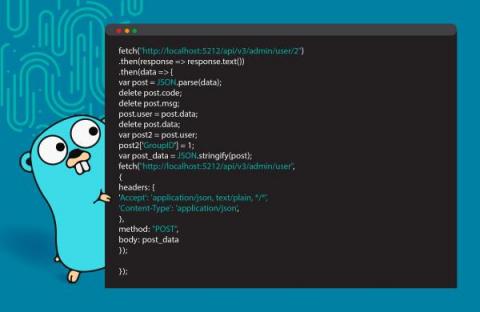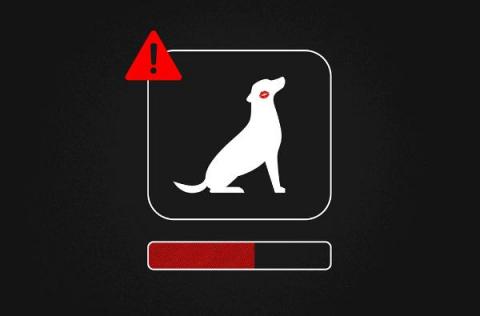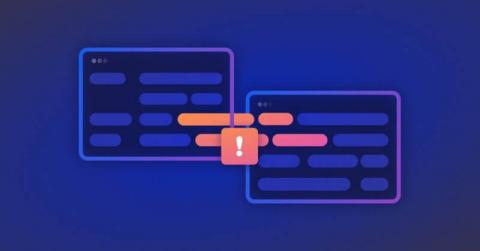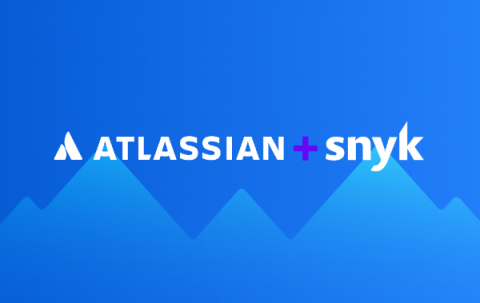Why fuzzing tools should be part of your security toolkit
Fuzzing is a software security testing technique that automatically provides invalid and random input to an application to expose bugs. The goal of fuzzing is to stress the application to cause unexpected behavior, crashes, or resource leaks. It allows us, as developers, to understand the behavior and vulnerability of applications more comprehensively. We use fuzzing tools, referred to as fuzzers, to perform this kind of testing.











